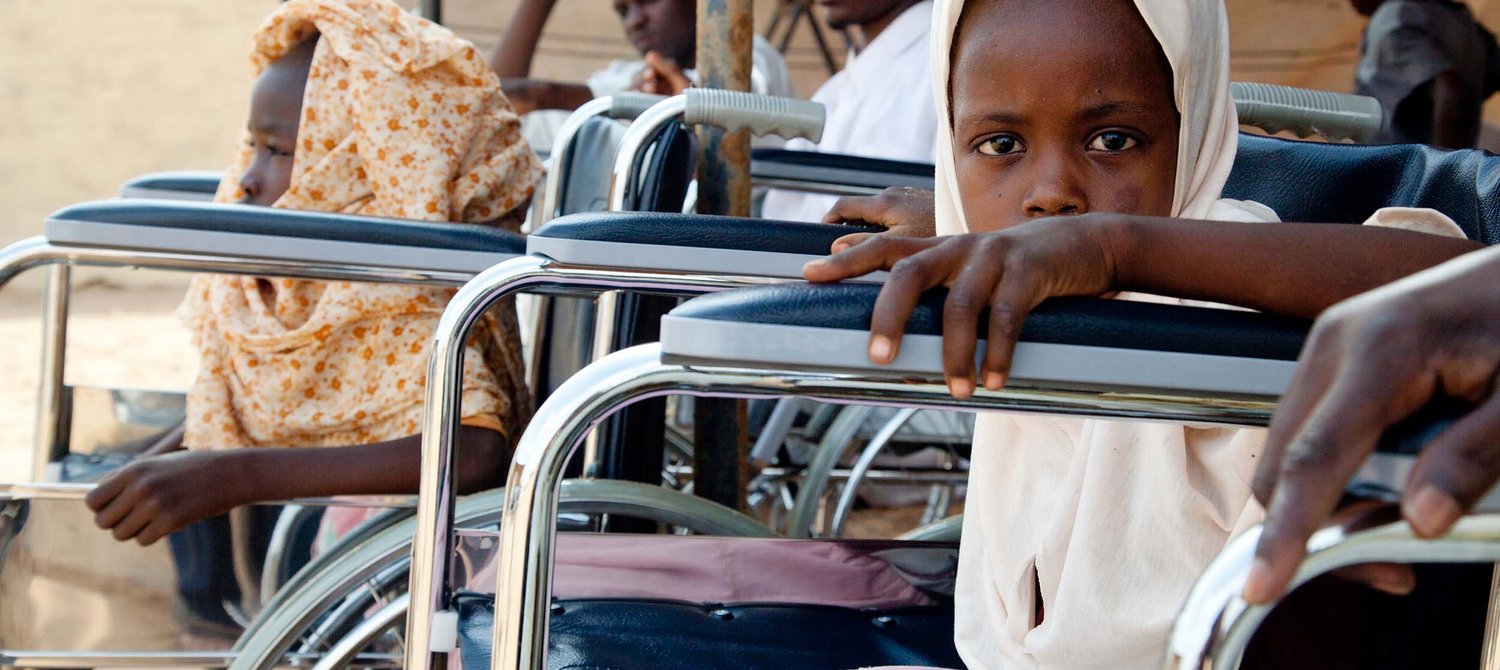Why Global Citizens Should Care
To achieve the UN Sustainable Development Goals, the world must address issues that affect the most vulnerable, including people with disabilities. Join Global Citizen in the fight to end extreme poverty by 2030 and take action here.
As the world aims to achieve the United Nations Sustainable Development Goals (SDGs) by 2030, improving access to education, reducing rates of hunger and malnutrition, and fighting gender inequality are of paramount importance.
But to truly ensure that “no one is left behind”, it is essential to work with the most vulnerable, including people with disabilities.
It’s not easy: stories of people with disabilities in the developing world are often coupled with dire statistics, highlighting just how far we have to go in the fight to end extreme poverty.
Take Action: Be the Generation that Ends Extreme Poverty
1) 80% of people with disabilities live in developing countries
According to the World Health Organization (WHO), an estimated one billion people, or 15% of the world’s population, live with a disability.
And 80% of them live in developing countries. Accessibility remains a barrier for people with disabilities, but there are many other obstacles they face beyond physical impairments.
“The barriers that people face are not just physical – we know they are many and we know they are enormous – but they also end up being cultural barriers and social barriers,” Justine Greening, a former UK international development secretary, said in a 2015 speech.
“We know that disabled people are more likely to be unemployed, less likely to attend school, and in some cases literally unable to participate in life,” she added, “so it’s crucial that we make further progress on this issue.”
2) 90% of children with disabilities in developing countries do not attend school
Currently, around 264 million children are out of school due to barriers such as conflict and violence, gender equality and poverty. Children with disabilities living in developing countries are even less likely to receive an education.
It is estimated that 90 percent of children with disabilities in developing countries are out of school, yet there is little data to help them.
As a result, they are often forgotten. Even when countries know something about these children, most don’t know how to tailor their education systems to best meet their needs, according to the Global Education Partnership.
SDG 4 aims to ensure inclusive, equitable and quality education for all, meaning that by 2030, every child will have equal access to education, regardless of gender, race, conflict or disability.
3) Women and girls with disabilities are more vulnerable to abuse
Women and girls face countless barriers around the world due to gender inequality, but according to Disabled World, women and girls living with disabilities are considered to be “multiplely disadvantaged.”
They are also more likely to suffer abuse throughout their lives: a 2004 study of women and girls with disabilities in Odisha, India, found that almost all had experienced violence at home, 25 percent of respondents with intellectual disabilities had been raped, and 6 percent had been forcibly sterilized.
4) Poor people are more likely to have disabilities
Disability and poverty are linked: disability increases the likelihood of poverty and poverty increases the risk of disability.
Developing a disability has social and economic consequences, creating barriers to education, employment and income, and can lead to poverty. Poverty, in turn, can lead to disability: poor people do not always have access to good health care, good food and safe living environments, all of which can lead to disability.
It is estimated that 20% of the world’s poorest people have some kind of disability.
“There are an estimated 500,000 people with disabilities in Ghana who are confined to their homes.” #Worstplacefordisabledpeoplepic.twitter.com/t3nt8AX7HR
— BBC Three (@bbcthree) July 28, 20155) Only 45 countries in the world have anti-discrimination laws or other disability-specific laws
While some parts of the world have initiatives and laws in place to protect and support people with disabilities, this is not the case everywhere.
According to the World Disability Report, countries such as Australia, Canada, New Zealand and the United States have anti-discrimination laws that make it illegal to make employment decisions based on disability, while other countries have anti-discrimination clauses in their laws or constitutions.
Such laws can protect people from discrimination and enforce quotas in employment, ideally guaranteeing jobs to people with disabilities, and can prevent or eliminate poverty.
But laws alone are often not enough. For example, Ghana’s Persons with Disabilities Act was passed in 2006, but it did not revolutionize the way people with disabilities are treated. In 2015, British journalist Sophie Morgan traveled to Ghana to make a documentary about people living with disabilities in the country. She was shocked to learn of some of their living conditions: some had been confined to a room for years, while others were chained to prayer camps as part of their “treatment.”
Much of the world’s work towards 2030 has to do with improving access, and that’s no different here. Achieving the SDGs is about achieving them for everyone, so addressing the barriers faced by people with disabilities is essential to achieving all Global Goal efforts.

